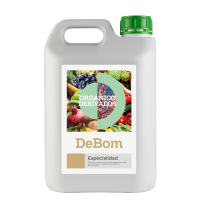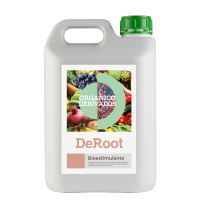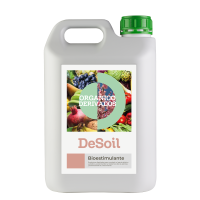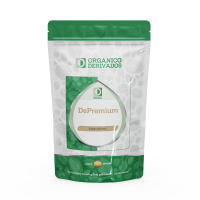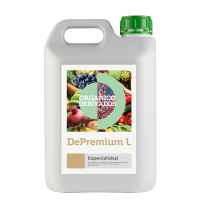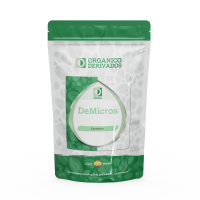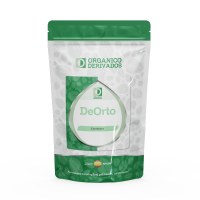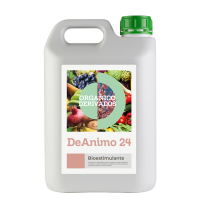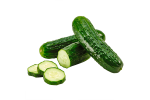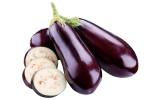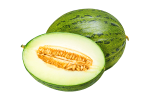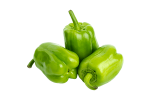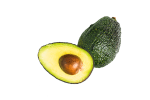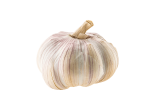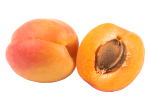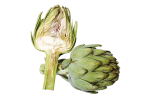
Pumpkin
Get informed about the properties and requirements of pumpkin, and we will guide you to the best formulations to optimize your horticultural cultivation.
Know the pumpkin to achieve excellent results in your crops
Pumpkin is also known by other common names such as squash, auyama, ayote, zucca, abóbora, or zapallo, but its scientific name is cucurbita.
It is an annual herbaceous plant with deep roots, rough and trailing stems, large lobed leaves, and flowers that can be yellow or white, depending on the genus. Its fruits are pepo, ellipsoidal or round, smooth or bulging. The skin can be red, yellowish, or orange.
In Spain, a total of 4,000 hectares are cultivated, producing 120,000 tons. Although it can also be grown in dry conditions, more significant yields are achieved through irrigation. Sevilla, Murcia, and Valladolid are the provinces with the highest production.
There are different varieties of pumpkin. In Spain, the most commonly used are the Verde de España, Dulce de Horno, del turbante (Cucurbita maxima), Cabello de Angel, and Totanera (Cucurbita moschata).
Soil characteristics
It is a low-demanding crop in terms of soil requirements, capable of thriving in poor and low-quality soils.They can also tolerate acidic pH levels up to 6, without major issues in soils with low organic matter and moderately alkaline conditions. Therefore, they can grow in almost any type of terrain.
- Poor and low-quality soils
- Soils with acidity of up to pH 6
- Moderately alkaline soils
Climate needs
For balanced growth and optimal yield of the pumpkin plant, it requires ample heat, with its thermal optimum ranging between 25-30ºC, although it can tolerate higher temperatures well. The germination temperature of its seeds is between 15-35ºC, with the optimum range being between 25-30ºC.
- Germination 15-35 ºC
- Optimal growth 25-30 ºC
Irrigation
While it is a deep-rooted plant and can grow well in dry conditions without additional irrigation, it is advisable to water every 2 or 3 days during periods of drought and even daily during hot summer weather. To achieve maximum productivity, irrigation is crucial during the fruit development phase.
- Low
TOP recommended formulations for most crops
You may also be interested in…
We can assist you!
If you wish to contact us for more informationinformation about our products, If you want to become our distributor, make a
